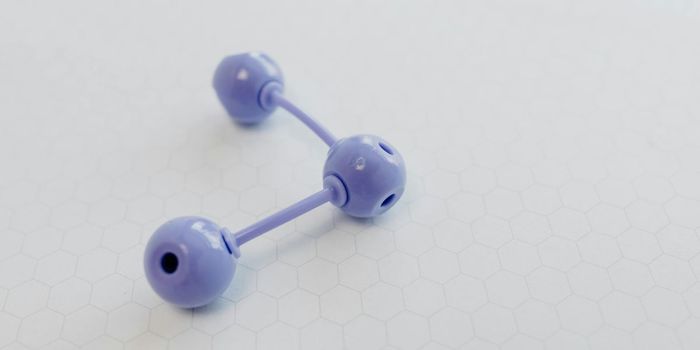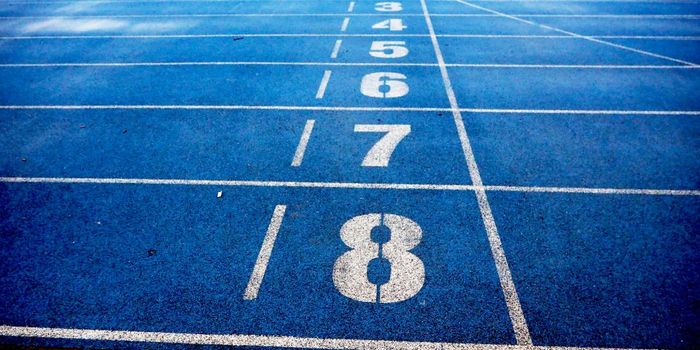Macaques Explain The Neuroscience of Envy

Believe it or not, there are neurological underpinnings that determine how we perceive our environment and often our perception of others. A publication in the journal Nature Neuroscience describes how researchers performed scans of the brains of macaques in situations where their partners were rewarded. The study brought light on the neuroscience behind envy.
In their work, the scientists from the Department of System Neuroscience at the National Institute for Physiological Sciences, showed a specific region of the brain that is associated with a decrease in the amount that macaques “appreciate receiving a reward themselves depending on whether their partner has received one”.
The study consisted of placing pairs of macaques opposing each other and repeatedly providing them with sips of water in association with visual and audio stimulations which conditions them to associate one with the other. Researchers measured the total licking of the lips as the indication to how much they valued their own rewards and including when their partner was rewarded. Additionally, the behavioral analysis was performed on the macaque's gaze to confirm that the provision of a reward to one macaque was noted the partner. Lastly, the activity of parts of the brain commonly associated with reward processing was also measured. The results show that the macaques valued their own rewards less when their partner macaque was rewarded, even if their own rewards were left unchanged. This revealed the subjective valuation of one's own rewards depending on the social setting. The study suggests the emergence of “the subjective valuation of one's own rewards depending on the social setting”.
"We confirmed the behavioral and neurological findings by repeating the experiment when a paired macaque was present but did not receive sips of water as a reward, and when water was provided into a bucket, rather than a fellow macaque," corresponding author Masaki Isoda says. "In these cases, signs of envy were not exhibited."

In addition, the team also studied parts of the brain that seem to be involved in the observed "envy" and the pathways active between them. "By measuring the timings at which the different regions were activated in the envy-related scenario, the pathway was shown to involve the flow of information from the medial prefrontal cortex to the midbrain,” explains lead author, Atsushi Noritake.
Due to the similarity between macaques and humans, the study may be extrapolated to humans, with multiple implications from behavioral diseases to financial systems.








